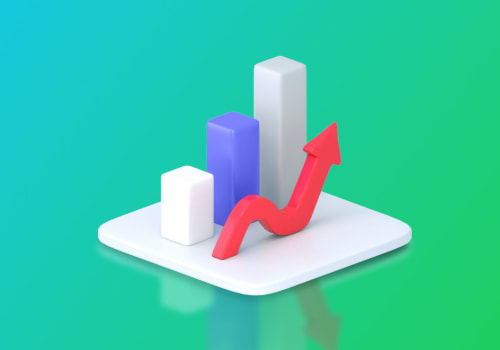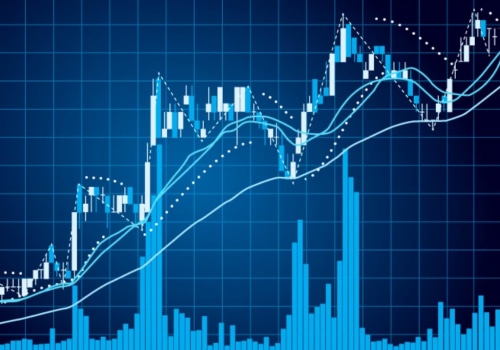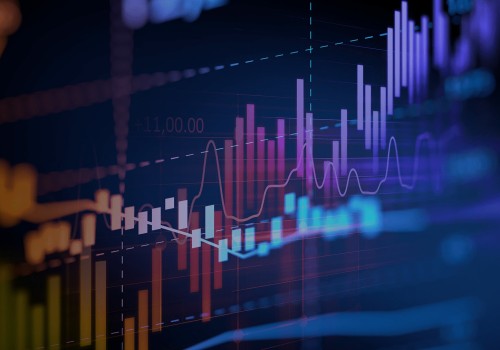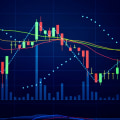Are you looking to optimize your Forex trading system for better performance? With the right tweaks and strategies, you can maximize your returns and minimize losses. In this article, we’ll discuss the essential rules for improving your Forex trading system. We’ll explain how to evaluate and adjust your system to ensure that it’s working for you and your goals. Read on to learn the key principles to follow when tweaking rules for better performance in Forex trading. Tweaking rules for better performance is an essential part of forex trading.
Making the right adjustments can mean the difference between profitable and unprofitable trades. In this article, we'll look at ways to optimize your trading system for better performance, including understanding market conditions, risk management, and backtesting. Traders need to optimize their trading systems for better performance because the markets are constantly changing. The rules that worked for a certain currency pair or trading strategy may no longer be effective in the current market. It's important to identify market conditions and adjust your rules accordingly. One way to identify market conditions is to look at the price action of the currency pair you're trading.
If the price is trending strongly in one direction, it may be a good idea to adjust your rules to take advantage of that trend. On the other hand, if the price is trading within a tight range, you may need to adjust your rules to focus on taking small profits out of the market. Risk management is also a key component of optimizing your trading system for better performance. It's important to understand how much risk you're willing to take and set appropriate stop-loss and take-profit levels. Setting these levels too close together can result in losses, while setting them too far apart can mean missing out on potential profits. Backtesting is another important tool for optimizing your trading system.
This involves running historical data through your system and seeing how it would have performed under different conditions. Different types of backtesting strategies include paper trading, demo trading, and live trading. Paper trading involves running historical data through your system without actually placing trades, while demo trading involves using virtual money to place trades in a simulated environment. Backtesting results can help traders understand how their system would have performed in different market conditions. It's important to interpret the results correctly, as they can provide valuable insights into which rules work best in certain situations.
For example, if a certain rule consistently produces poor results in a certain market condition, it may be worth changing or removing that rule. In conclusion, tweaking rules for better performance is an important part of forex trading. Understanding market conditions, managing risk, and backtesting are all essential components of optimizing your trading system for better performance. By understanding these concepts and using them effectively, traders can improve their chances of making profitable trades.
Understanding Market Conditions
When it comes to optimizing a forex trading system for better performance, understanding market conditions is key. Technical analysis can help traders identify different market conditions, such as trend direction, support and resistance levels, and potential areas of support or resistance.For example, a strong uptrend indicates that buyers have control of the market, and the best trading strategy may be to buy. However, a strong downtrend indicates that sellers are in control of the market, and the best strategy may be to sell. Similarly, identifying support and resistance levels can help traders determine when it's the best time to enter or exit a position. Different market conditions require different strategies, so it's important to be able to identify them in order to optimize a trading system. For example, a trading system designed for a strong uptrend may not be suitable for a sideways market, and vice versa.
It's also important to note that strategies should be tested in different market conditions to ensure that they work as expected. By understanding market conditions and adapting strategies accordingly, traders can optimize their trading systems for better performance.
Risk Management
Risk management is an essential part of any successful trading system. It involves assessing the potential risks associated with each trade and establishing strategies to minimize them. By taking steps to reduce risk, traders can ensure that their profits are not wiped out by unforeseen events.The first step in risk management is understanding the market conditions. By analyzing past price movements and news events, traders can get an idea of how the market may behave in the future. With this knowledge, they can adjust their strategies accordingly. The second step is implementing risk management strategies.
One of the most popular strategies is the use of stop losses. A stop loss is a predetermined point at which a trader will exit a position if the price moves against them. This helps to limit losses and protect profits. Position sizing is another strategy that can be used to manage risk.
This involves adjusting the amount of capital allocated to each trade to ensure that no single position is too large or too small. It's important to understand the different types of risks associated with trading, such as market risk, liquidity risk, and event risk. By evaluating these risks and implementing an appropriate strategy, traders can gain an edge over the market and increase their chances of success.
Backtesting
Backtesting is an important process for any forex trader looking to optimize their trading system. It is a method of testing a trading strategy on historical data to identify any potential problems and ensure that the system will be profitable in the future.By backtesting, traders can identify any issues with the system and make adjustments to improve its performance. There are two main types of backtesting strategies: manual backtesting and automated backtesting. Manual backtesting involves manually running the system against historic data to identify any issues or patterns that may be present. Automated backtesting requires a computer program to simulate the system's operation with historical data.
Both types of backtesting can be used to determine if a system is performing as expected. Interpreting the results of backtesting can be tricky, but it is essential for making adjustments to improve a trading system's performance. It is important to analyze the results in detail to identify any patterns or issues that may indicate an area of improvement. For example, a trader may find that their system performs better when trading during certain market conditions or times of day.
Once any areas of improvement have been identified, traders can use this information to adjust their trading system for better performance. For example, if a system performs better when trading during certain market conditions, the trader can adjust the rules of their system to reflect this. Similarly, if a system performs better when using certain trading strategies, the trader can adjust their system accordingly. To illustrate how backtesting can be used to optimize a trading system, consider a simple example.
Suppose a trader has developed a system for trading USD/CAD pairs and they want to know if it will be profitable in the long run. The trader can backtest their system with historical data and analyze the results to determine if their system is profitable in different market conditions. If they find that their system performs better during certain market conditions or uses certain strategies more successfully, they can adjust their rules accordingly for better performance. In conclusion, tweaking rules for better performance is an essential part of forex trading. Optimizing your trading system can help you achieve better performance and maximize profits.
Understanding market conditions, incorporating risk management strategies, and utilizing backtesting are all key components of optimizing a trading system. By following these steps and continuing to review and optimize your system, you can ensure that your system is performing at its best.












Leave Reply